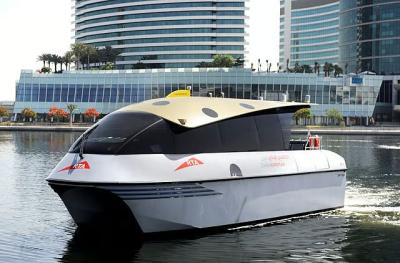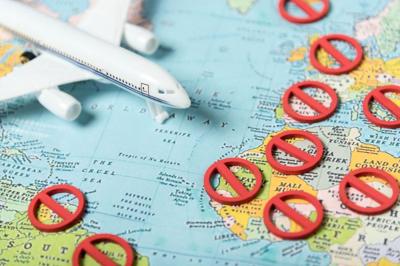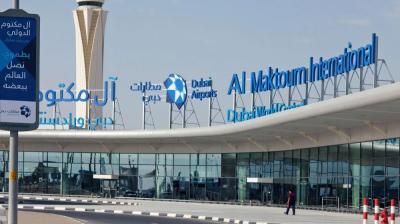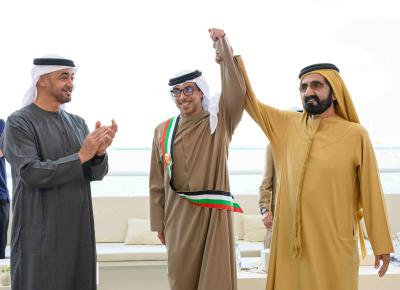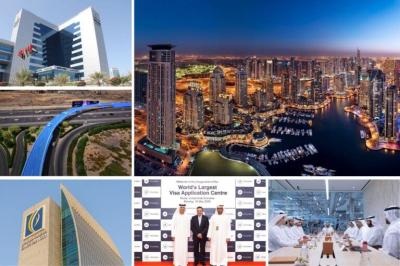United Airlines Sells 10 Jets to Dubai Aerospace Enterprise
Dubai Aerospace Enterprise is acquiring 10 Boeing 737-9 jets from United Airlines under a leaseback deal, solidifying Dubai’s growing influence in global aviation leasing. In a move that underscores the buoyant trajectory of aviation leasing markets, United Airlines has entered a strategic purchase-and-leaseback agreement involving ten new Boeing 737-9 aircraft with Dubai Aerospace Enterprise (DAE). Announced in late July 2025, this deal spans delivery from August 2025 to February 2026, and cements both the Middle Eastern leasing giant's expanding reach and United’s fleet modernization strategy.
The Deal at a Glance
-
Type of Arrangement: Purchase-and-leaseback – a financial instrument where an airline sells assets and leases them back to free up capital while retaining operational control.
-
Aircraft Model: Boeing 737-9, part of the fuel-efficient MAX series, offering improved performance and lower emissions.
-
Delivery Window: August 2025 to February 2026.
Type of Arrangement: Purchase-and-leaseback – a financial instrument where an airline sells assets and leases them back to free up capital while retaining operational control.
Aircraft Model: Boeing 737-9, part of the fuel-efficient MAX series, offering improved performance and lower emissions.
Delivery Window: August 2025 to February 2026.
This structured deal aligns with United's long-term plan to modernize its fleet under its "United Next" strategy. While United continues phasing out older aircraft, it's also investing in new models for better efficiency, comfort, and reliability.
United’s Strategic Perspective
For United Airlines, the deal serves multiple strategic functions:
- Fleet Renewal: The MAX series is significantly more efficient—reducing fuel use by ~20%—which is critical for cost management amid fluctuating fuel prices.
- Capital Management: Leaseback provides liquidity, allowing United to deploy capital for operations, tech upgrades, or other strategic investments.
- Operational Continuity: The airline retains aircraft while transferring ownership to DAE, ensuring continuity in service planning.
Simultaneously, this deal fits neatly into United’s broader goal of improving passenger experience—Wi-Fi, seat upgrades, better lighting—planned across its newer jets.
DAE’s Role and Expansion
Dubai Aerospace Enterprise, headquartered in Dubai and chaired by Ahmed bin Saeed Al Maktoum, is now among the top global aircraft lessors. With a fleet of ~750 aircraft valued at about US $22 billion, DAE recently completed another major acquisition—Nordic Aviation Capital—further strengthening its global footprint. ([turn0search18])
This purchase of Boeing 737-9 jets:
-
Enhances DAE’s narrow-body offerings.
-
Reinforces its alignment with airlines prioritizing efficiency and sustainability.
-
Supports DAE’s positioning in cross-continental lease portfolios.
Global and Regional Implications
This deal reflects broader market trends:
-
Airlines are leaning on leasing models to reduce balance sheet burdens.
-
Lessors like DAE, backed by deep financing capacity and international reach, offer flexible, scalable capital solutions.
-
Eco-efficiency is key – airlines and lessors increasingly favor newer, lower-emission craft in response to regulatory and customer pressure.
For the UAE, DAE's growth signals continued strategic investment in global transport-finance infrastructure and the aspiration to become a top-tier aviation financing hub.
What’s Next
-
Operational Adaptations: United will integrate the new 737-9s into its network, possibly optimizing routes with smaller capacity and higher frequency.
-
Financial Moves: The lease terms—rates, durations, residual values—will influence United’s long-term cost structure.
-
DAE’s Growth Trajectory: With recent acquisitions, DAE may solidify its position in aviation finance rankings soon.
Operational Adaptations: United will integrate the new 737-9s into its network, possibly optimizing routes with smaller capacity and higher frequency.
Financial Moves: The lease terms—rates, durations, residual values—will influence United’s long-term cost structure.
DAE’s Growth Trajectory: With recent acquisitions, DAE may solidify its position in aviation finance rankings soon.
Conclusion
The transaction between United Airlines and DAE is much more than a fleet update—it is a calculated alignment of financial strategy, sustainability, and industry convergence. For United, it's modernization with flexibility. For DAE, an expanded global role. And for Dubai, another marker of its ambition to shape the future of aviation.



